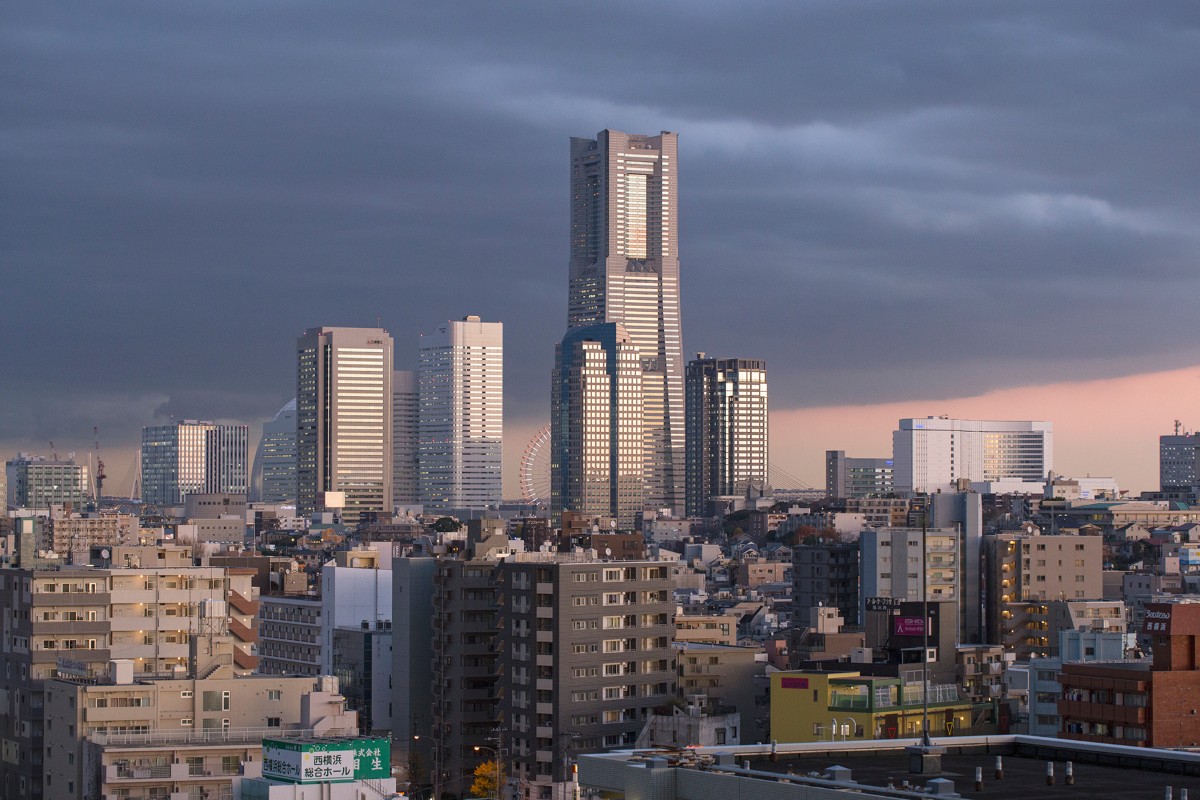Like Michelin, you relegate Yokohama solely to tires to your own detriment. It’s true that Yokohama Station isn’t trying to win you over—evidently designed by a misanthrope with a soft spot for medieval battle scenes from bad movies—it challenges commuters’ will to live on a daily basis. Do not be fooled by the name of this station, this is not your destination. I’d recommend staying on the train a few more minutes until you reach Sakuragicho or Minatomirai, depending on the line you’ve taken. Once there, get a bike: http://docomo-cycle.jp/yokohama/en/
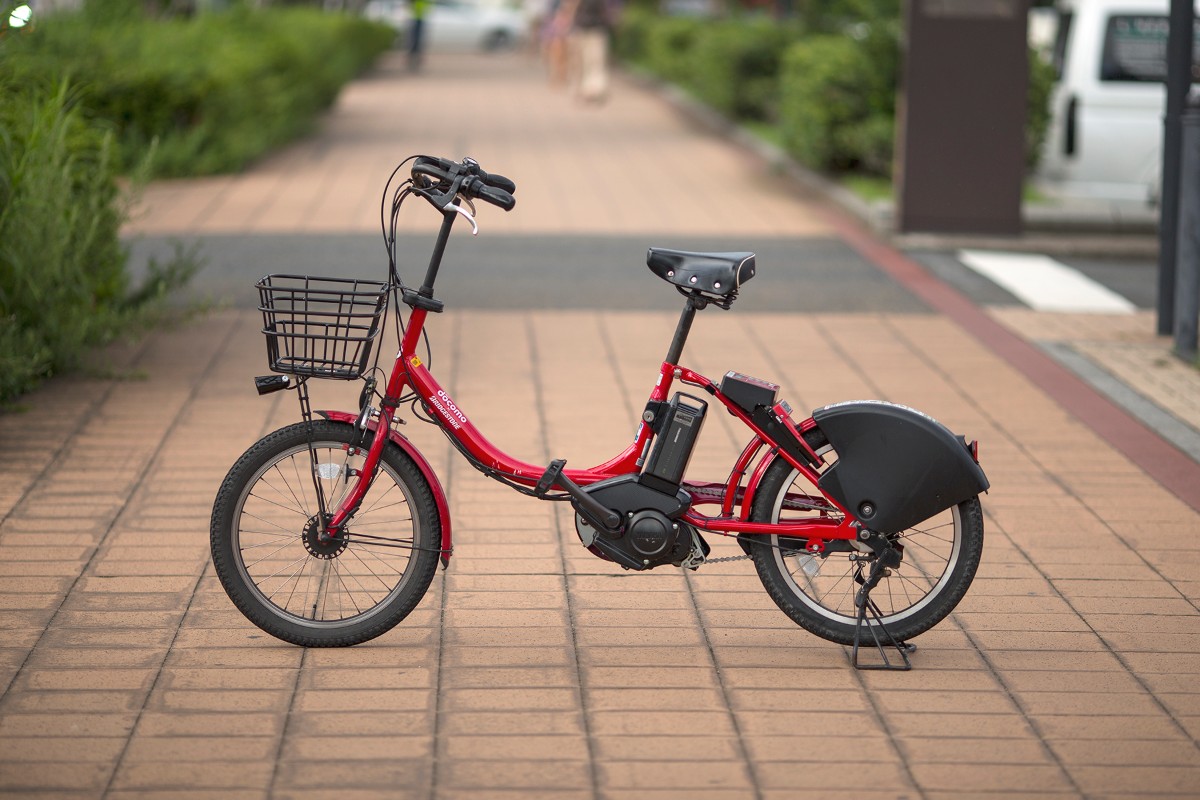
There are over 40 locations dotted around the city where you can rent and return bay bikes, and Minato Mirai has several of these electric-assist bicycles, which are a fun way of exploring the spacious waterfront. I like zipping over to the Yokohama Museum of Art, designed by the legendary Kenzo Tange and checking out their latest exhibition. I saw Takashi Murakami’s private collection on display there earlier this year and it made my mind explode a little inside my head: http://yokohama.art.museum/eng/
Riding along the Ōoka River is particularly beautiful in spring since it’s lined with cherry trees, but worth doing any time of year if for no other reason than to visit Koganecho, the “Golden Town” with a checkered past. In a way, it’s fitting that famed Akira Kurosawa chose it as a filming location for its ignoble reputation because it is the arts that are largely responsible for cleaning the place up. Now, it’s got a more wholesome, yet distinctly bohemian vibe with many artists in residence, galleries, bookstores, and cafés. Definitely check out the Koganecho Bazaar if you’re around in autumn: http://www.koganecho.net/info/english.html
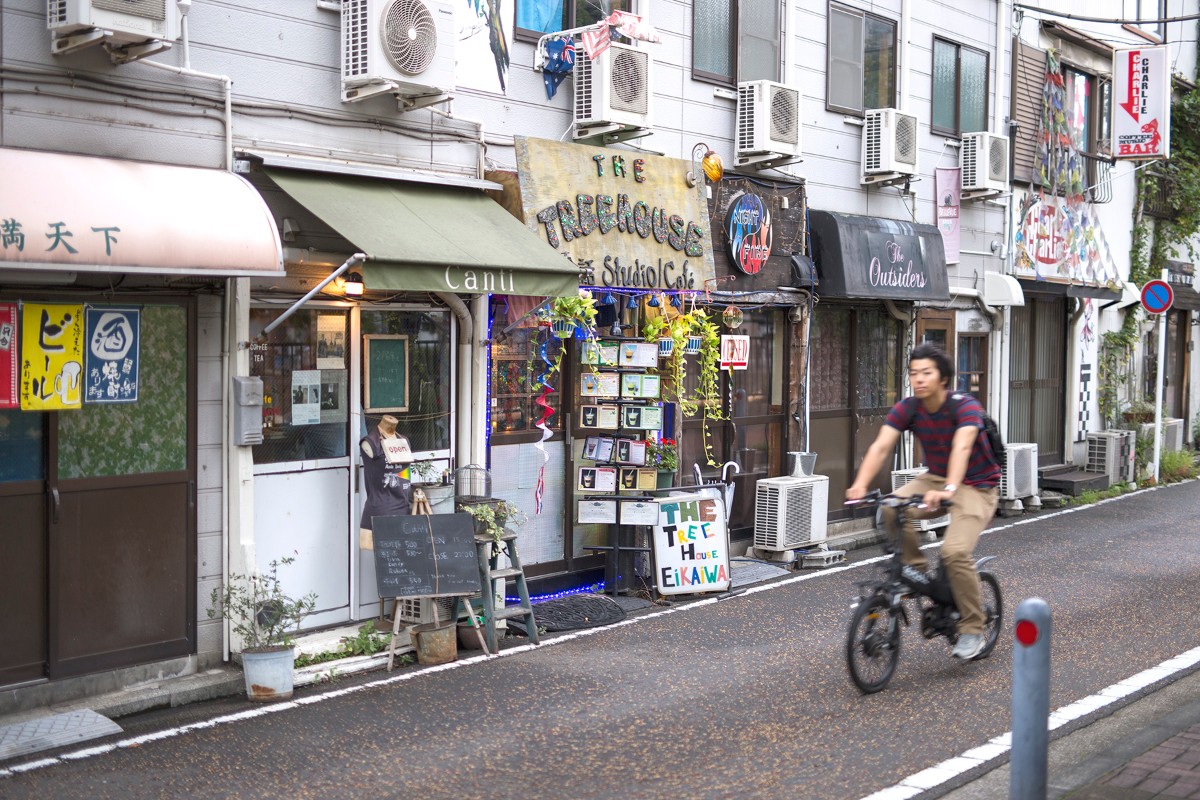
From there, you can pedal to and park at the Isezaki Mall for a stroll down the 1km-long pedestrian shopping street with restaurants and boutique shops. The area has a unique and authentic atmosphere about it and harkens back to the city’s port town origins. The numerous back alleys come alive in the evenings when you can start to believe that after Tokyo, this is Japan’s most populous city.
If we still have some hours in the day, however, we can return our Bay Bike at Kannai Station and hop on the train for 6 minutes to Negishi, from there a short bus ride will take us to the exquisite Sankei-en, which is populated with national treasures from all over the country. This garden is among the best in the Kanto region, if not all of Japan: http://www.sankeien.or.jp/en-about/
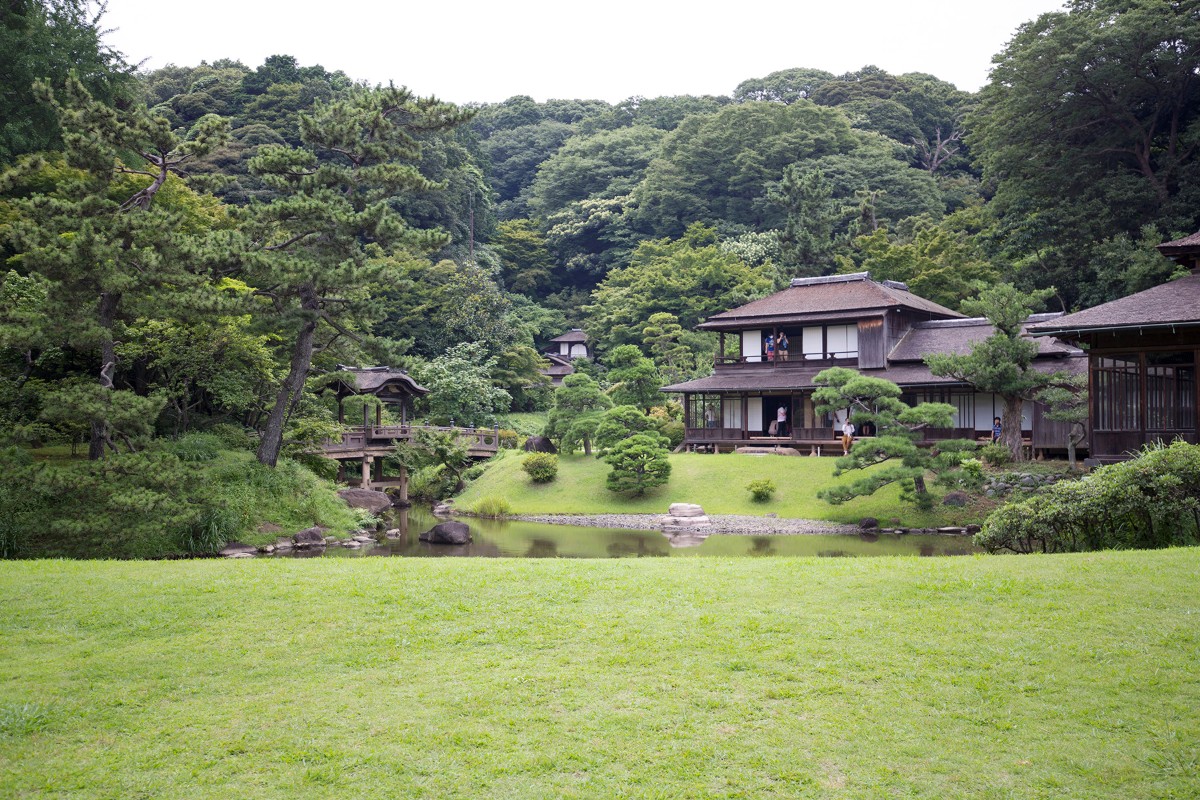
Another 6 minutes on the train from Negishi, is the transfer point for the Seaside Line at Shin-Sugita Station. This will bring you to the island of Hakkei, also known as Sea Paradise. Ordinarily, I’m as much a fan of aquariums as I am of square dancing in Yokohama Station during rush hour, but this is a decent one, with an aquatic tunnel and an impressive viewing area. In fact, it’s one of the largest in Japan. Even so, my main reason for going to this island of “eight views” is not to celebrate the many manifestations of life in the world’s oceans, but to court death in its heavens. Curiously-named “Pleasure Land” has two attractions that are awesome. Surf Coaster LEVIATHAN is good old-fashioned amusement park fun, taking you out over the sea and giving you a couple of yelps and giggles. Recommended. The name Blue Fall is one of life’s great understatements. It is psychologically damaging. When I first saw it I thought it wasn’t real, a joke perhaps. People traveling towards the earth’s surface at speeds that don’t make sense. Like a moth to flame my fascination snuffed out my fear of doom and I was elevated slowly, deliberately towards other planets as my feet dangled in the breeze, completely exposed to an environment that called for wings. The views were spectacular, Fuji at eye level. Yet, this is not maniacal enough, your little beach chair dangling in space, a heartbeat is amplified behind your head for what feels like an eternity before a sinister laugh accompanies the release of your fragile existence, followed by tears and screams as your feet compete with Fuji for facetime and you are certain you shan’t be home for Christmas this year. If you’re still with us, congratulations, you’re heart-attack free for at least another decade. I probably rode it 10 times in rapid succession that first day. It is the best. http://www.seaparadise.co.jp/english/pleasureland.html
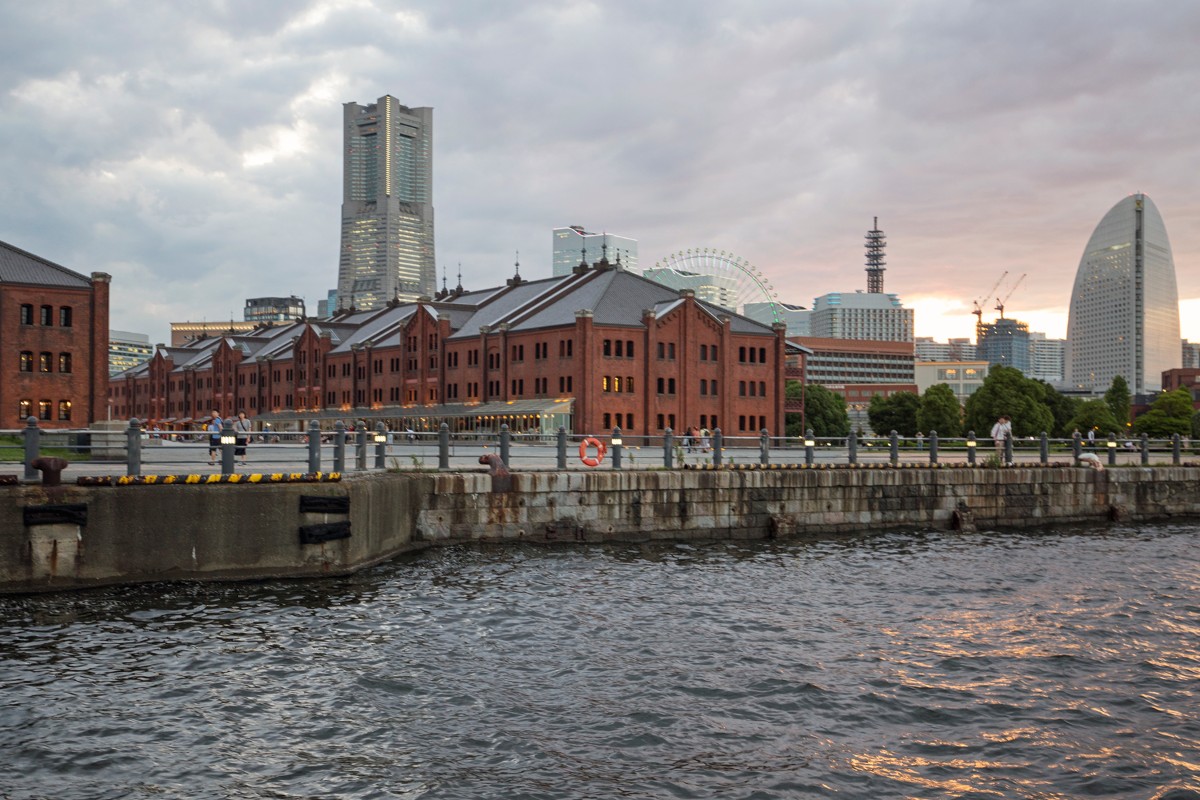
At this point, you’ll probably want to head back towards Sakuragicho Station and Minato Mirai, where all the fun began. On weekends, you can take to the skies aboard a whirlybird for sunset or twilight views of the harbor. Having experienced helicopter rides in Aso and Tokyo, I’d say it’s a fair value, starting at ¥9,000 for a 5-minute ride, and going up to ¥15,000 for a 10-minute ride, per person. http://www.skycruise.jp/index.html
Another great way to get around is by hopping on the Sea Bass, which connects Minato Mirai with the Red Brick Warehouses and their chic shops and cafes, or Yamashita Park for romantic walks, or Japan’s largest Chinatown. Departures are roughly every 20 minutes between 10am and 6pm, and it’s about 10 minutes between these destinations, or 30 minutes from Yamashita Park directly back to the starting point of Bay Quarter, near Yokohama Station. https://www.yokohama-cruising.jp/about/seabass/index.html
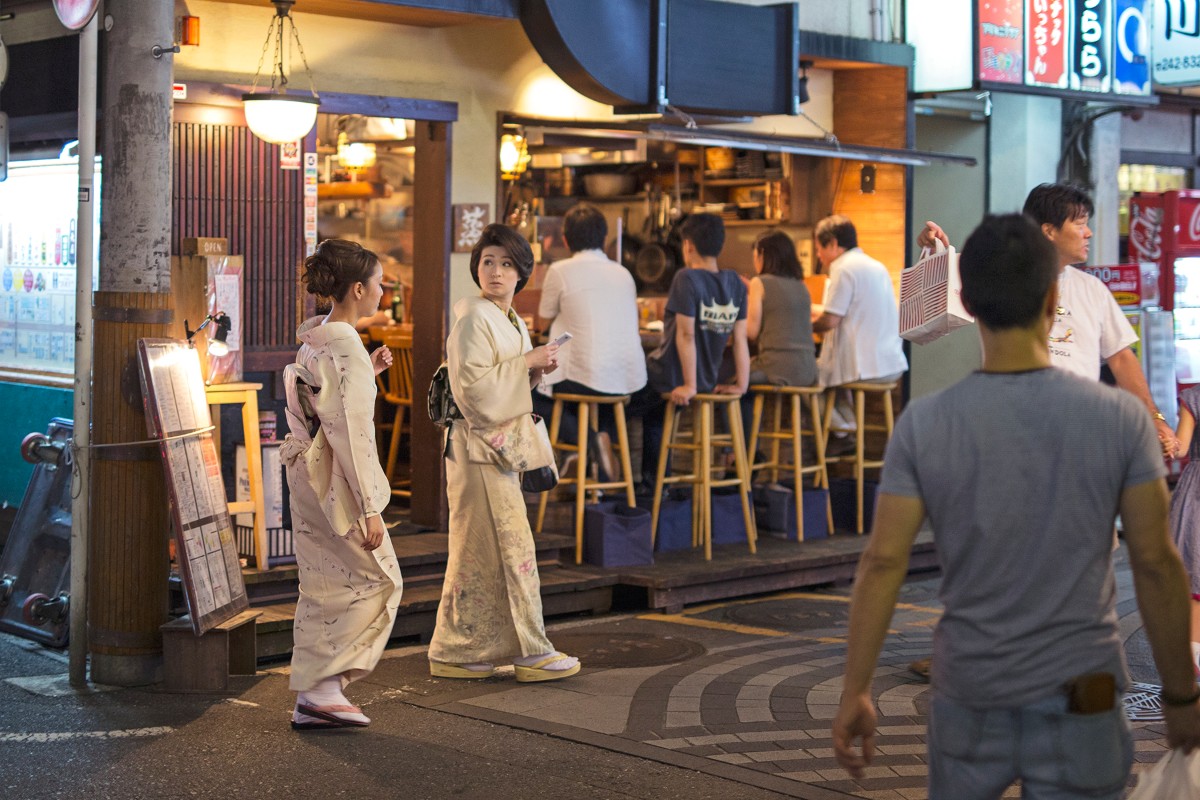
Nogecho has blocks and blocks of izakaya, and is probably the single best place to start, sustain, or conclude a night out on the town.
So, there you have it, Yokohama, only a half-hour beachwards from Tokyo and well worth a visit!

